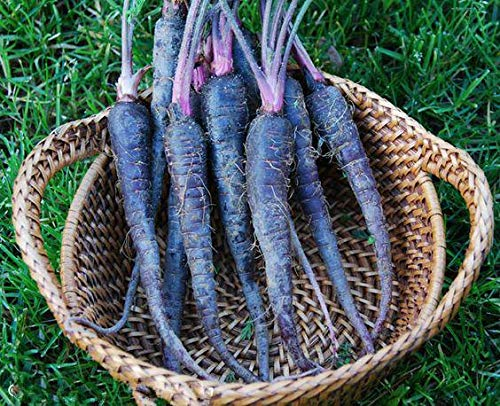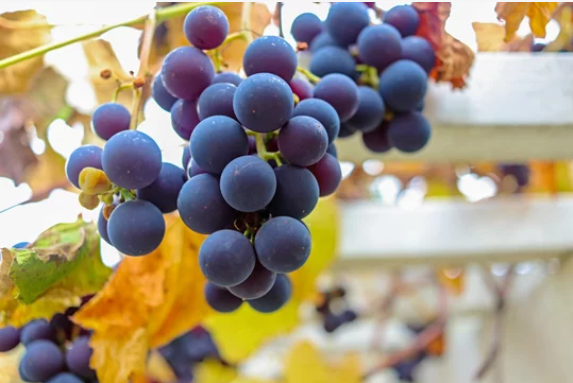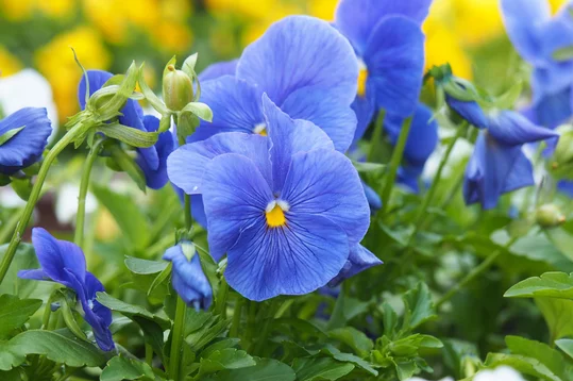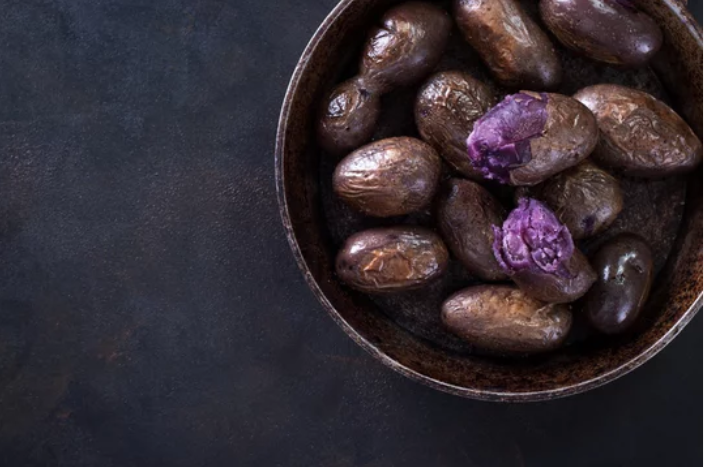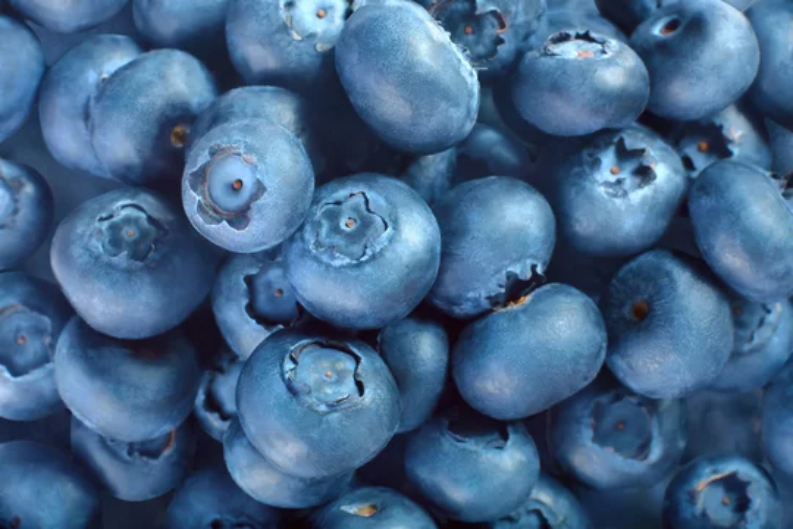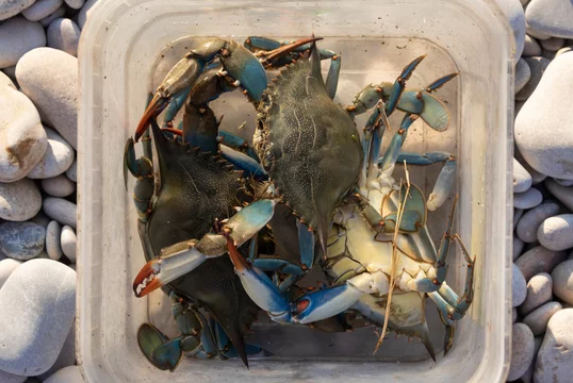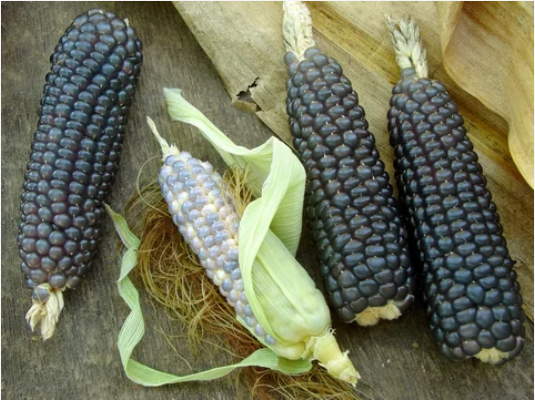Blue Foods You Have to Try
Blue is not a color you’ll typically find in a plate of food unless it’s blue ice cream or a bowl of cereal. It is rare to find edible blue food and fruits naturally. Naturally occurring blue foods are known to be quite rich in antioxidants and nutrients.
Some people believe that because blue does not occur significantly as a natural food color, we have not developed an automatic appetite response to blue food. Naturally, humans try to avoid poisonous food, and many years ago, fruits that were blue, purple, or black were considered dangerous.
But this is only true for some blue foods. Some blue fruits and veggies contain compounds called anthocyanins and antioxidants that facilitate brain function, increase heart health, and lower the risk of cancer and high blood pressure.
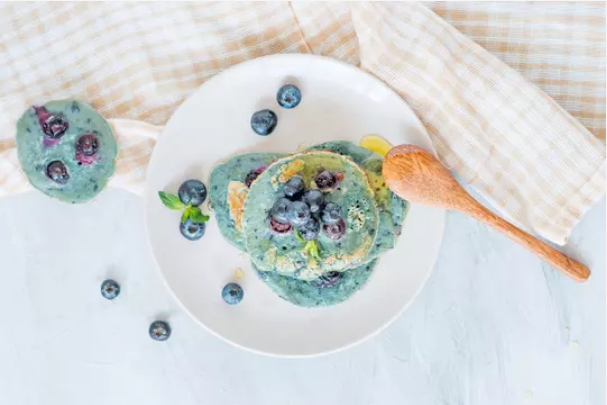
What Foods are Naturally Blue?
Some people believe that some foods we assume to be blue are purple or violet and not exactly blue. For example, the veining in blue cheese is indeed blue, but they won’t count because they don’t occur naturally. And blue lobsters and crabs turn red when cooked, so are they blue foods?
Until that argument has been settled, we can agree that natural blue foods are great for improving health and nourishing our bodies. If you want to try something new, adding blue foods to your menu is a fabulous way to improve your diet.
Blue Carrots
As unimaginable as it may seem, there are blue carrots. Farmed before the 17th century, these are a dark purple color, containing all the nutrients of regular carrots: vitamin A, beta-carotene, and anthocyanins, proven to improve memory and enhance vision.
Concord Blue Grapes
Concord grapes are a wonderful source of vitamin C. They can be eaten fresh or used to make wine, juice, or jams. They improve heart conditions, digestion, and cognition. Furthermore, they have “slip skin,” meaning that the skin separates easily from the flesh.
Not only that, but they are an excellent snack and do great in fruit salads. On this list, concord grapes are probably the easiest to get your hands on, and you can find them in bunches for sale at your local grocery.
Blue Pansy Flower
What if you want flowers, not fruits? Blue pansy flowers are edible flowers with succulent and tender textures with a lovely aromatic scent. They can add flavor and color to a bowl of fruit salad or mixed greens. You can also use them to decorate desserts such as cupcakes and other pastries.
Blue Sweet Potato
Blue potatoes are more purple than they are blue on the outside. Cut them open, and you’ll find blue flesh waiting for you inside. You can cook them like any other potato, including frying, baking, boiling, and mashing.
They used to be quite rare, but now they can be found in most supermarkets, grocery stores, and farmers’ markets. They are available all year round and contain lots of fiber and antioxidants that lower the risk of cardiovascular disease, stroke, and cancer.
Lingcod
Surprisingly, the Lingcod is a fish that is not related to the cod family in any way. It looks like a Ling and a Cod, hence the name Lingcod. The flesh is bright turquoise but stays that way until it is cooked. It is an abundant source of protein and omega three fatty acids.
Blueberries
Blueberries are the classic blue all-stars. Ask anyone to name three blue foods; the first thing on their lips is blueberries. They are a Native North American fruit and rank highest in antioxidant content compared to other fruits and veggies. They are a great fiber source and aid in digestion.
American Blue Crab
They are named after their blue shells and are often gathered in great numbers when they are in season. They can grow as long as nine inches but are usually harvested before they reach such sizes. It is a healthy addition to any meal, as crab meat is usually low in fat and protein.
Blue Corn
Blue corn is a Mexican staple originally developed by the Hopi and is completely natural. It is used to make corn chips and tortillas and is said to have 20 percent more protein than white corn. They can be gotten at most grocery stores and food stores online.
Conclusion
There are several blue fruits and vegetables worldwide, and most have numerous health benefits, such as vitamins and antioxidants that are good for health. Spice up your dinner bowl with one of these foods and enjoy savory and eye-catching food.
Read More:

